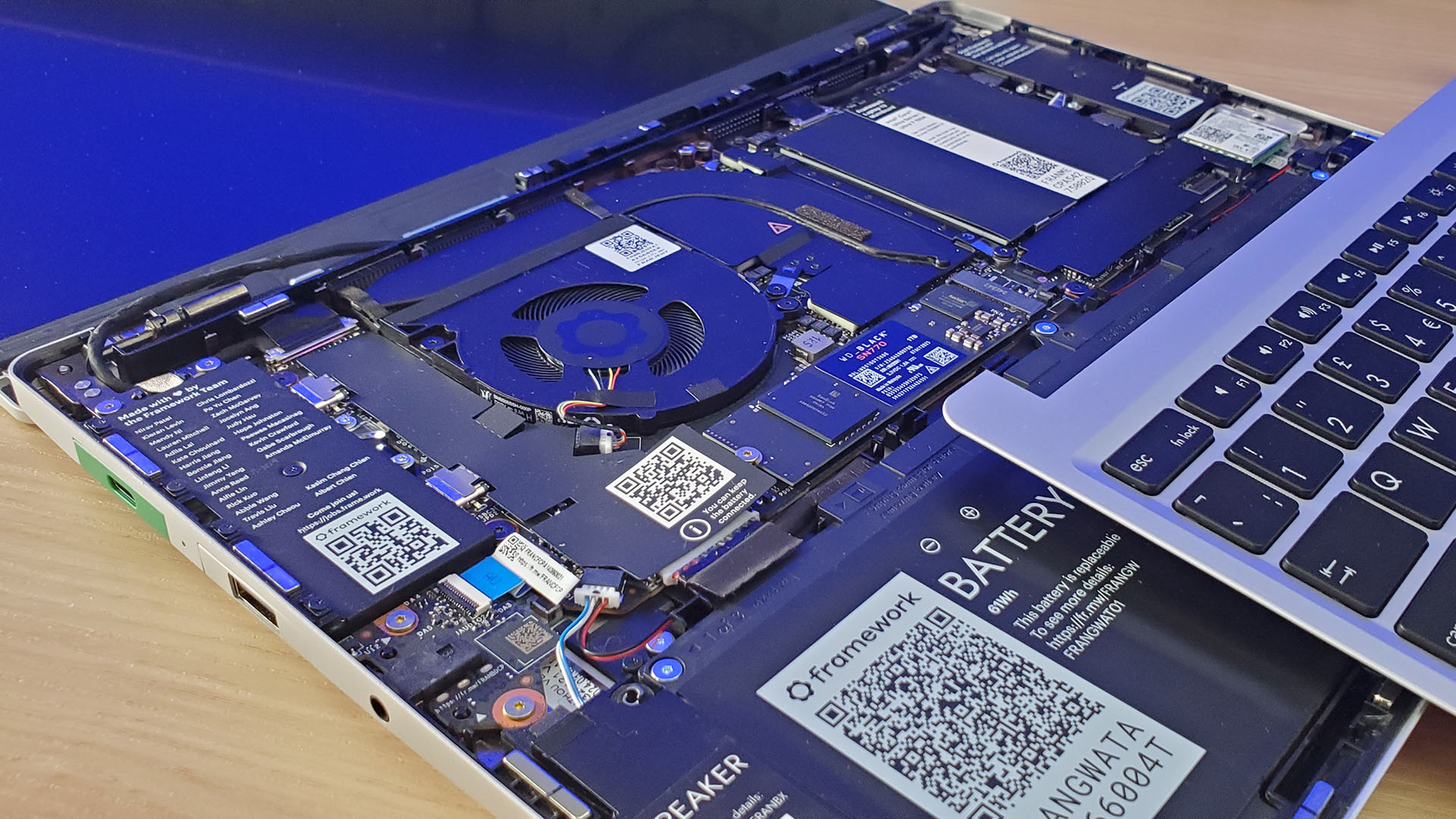Over the course of the weekend just gone, a new bill was signed by the Governor of Texas. Hardly newsworthy, of course, but the legislation passed into law was that of the right to repair electronics—something that only six other states have done. And perhaps even more importantly, the decision was entirely unanimous, with not a single vote against the bill being cast.
Naturally, the good news was reported by repair gurus iFixit, and the bill essentially means that individual Texans and repair shops will have access to the manuals, parts, software, and tools required to repair any digital electronic goods that are sold in the state, worth more than $50, from September 2026.
There are exemptions, such as anything involving medicine or motorized vehicles, and game consoles are also excluded. Some circuit boards won’t be included, nor will anything that involves a ‘trade secret’, but a gaming laptop or handheld PC should certainly be covered by the law.
Texas joins the likes of Oregon and California in a pretty small group of states that have enacted a right to repair law: just seven in total. However, what makes this particular decision really stand out is just how well the voting went on the bill. The Texas House passed the bill 126-0 two months ago, with the Senate voting 31-0 in early June.
As with all such proceedings, some members were absent from the voting, but in both cases, even if everyone was present and cast a vote, the bill would still have easily passed. It’s the same level of support that was seen in the European Parliament last year, which rubberstamped similar rules with an enormous 584-3 majority.
The general consensus appears to be that consumers and legislators both want the right to repair. That might seem like a ridiculously obvious thing to say, but the fact that so few US States have made any progress on the matter shows that passing repair laws isn’t as straightforward as one might think.

Fingers might be pointed at manufacturers of electronic products as being the primary resistance to change and for two reasons: (1) it’s cheaper to design and produce a device that’s not designed to be repairable (e.g. glue is used to bond components rather than screws) and (2) having people replace a broken device, that could easily be fixed, with a brand-new model is good for revenue.
However, right to repair bills typically don’t place requirements on the cost of repair tools, replacement parts, and so on. Manufacturers can offset the expense of designing something to be easily fixed by pricing replacement parts and tools accordingly.
The car industry has been doing this for decades, though your average sedan is vastly more expensive than a humble gaming PC—you’d certainly never go out and buy a new Ford just because a fan belt has snapped.
But even if every state adopts a right to repair law, it will take many years to break the cycle of throwing out electronic devices, rather than having them repaired, simply because that’s been the norm for so long. With the global amount of e-waste showing no signs of declining, widespread right to repair laws can’t come soon enough.
